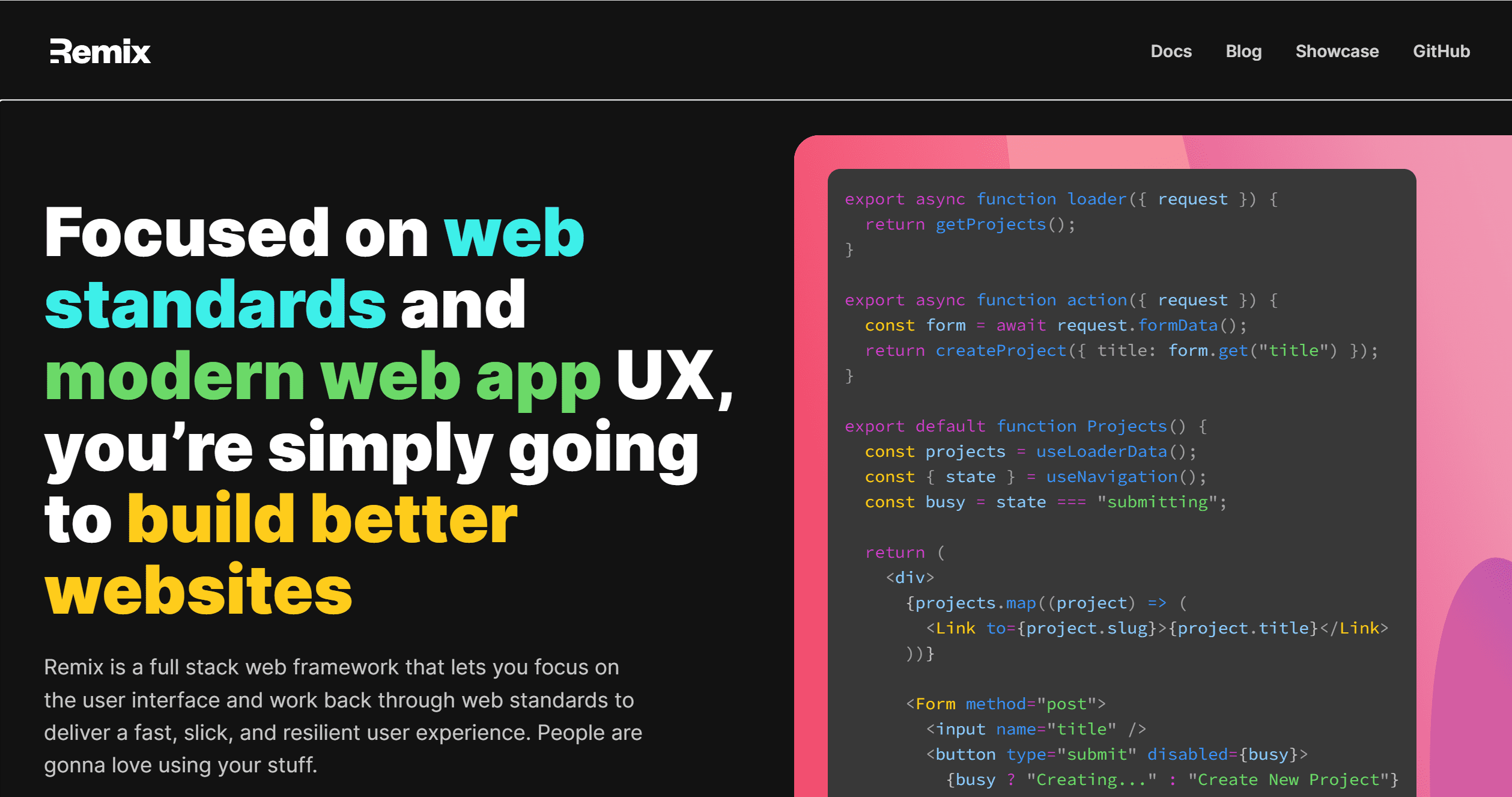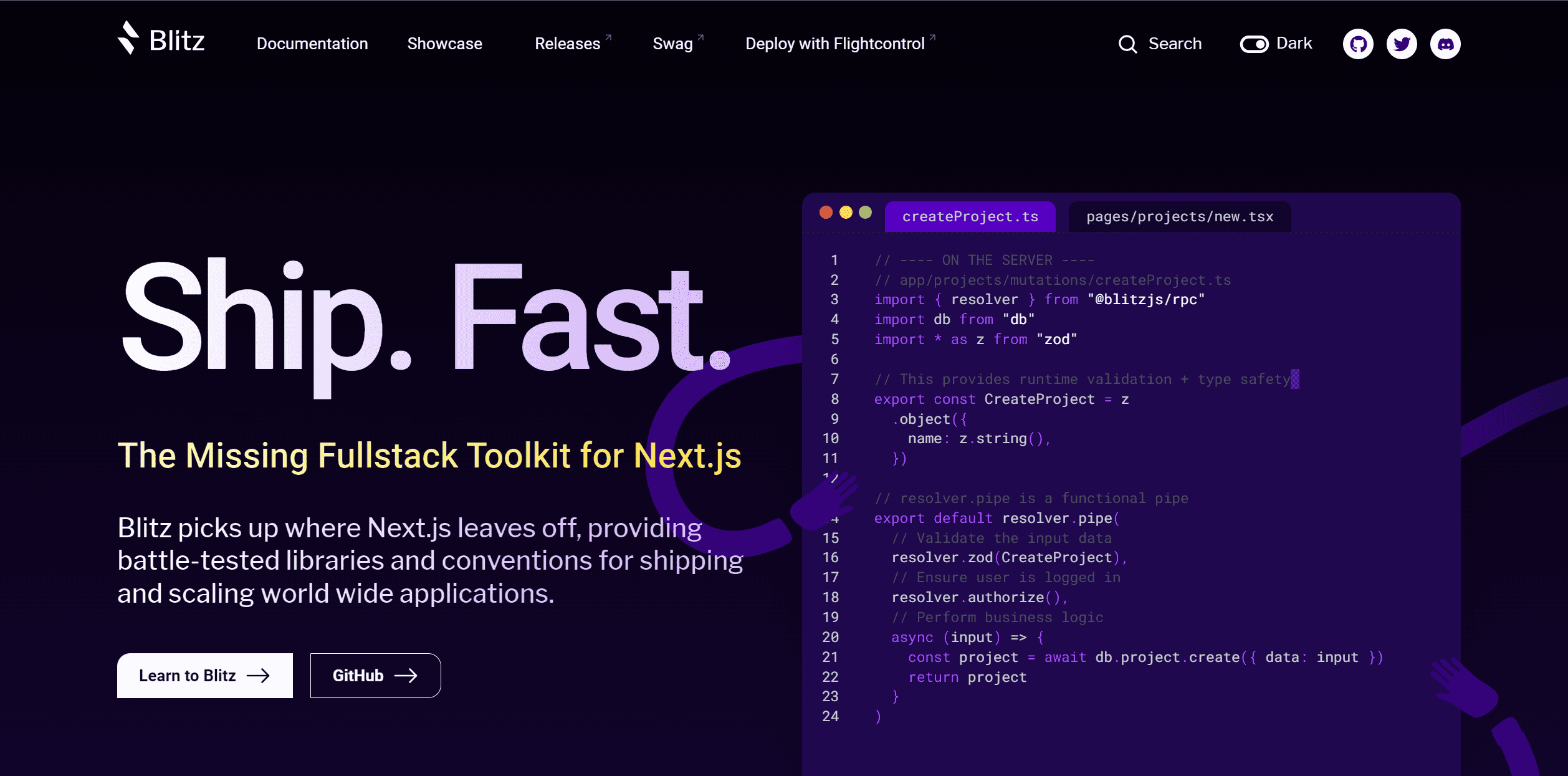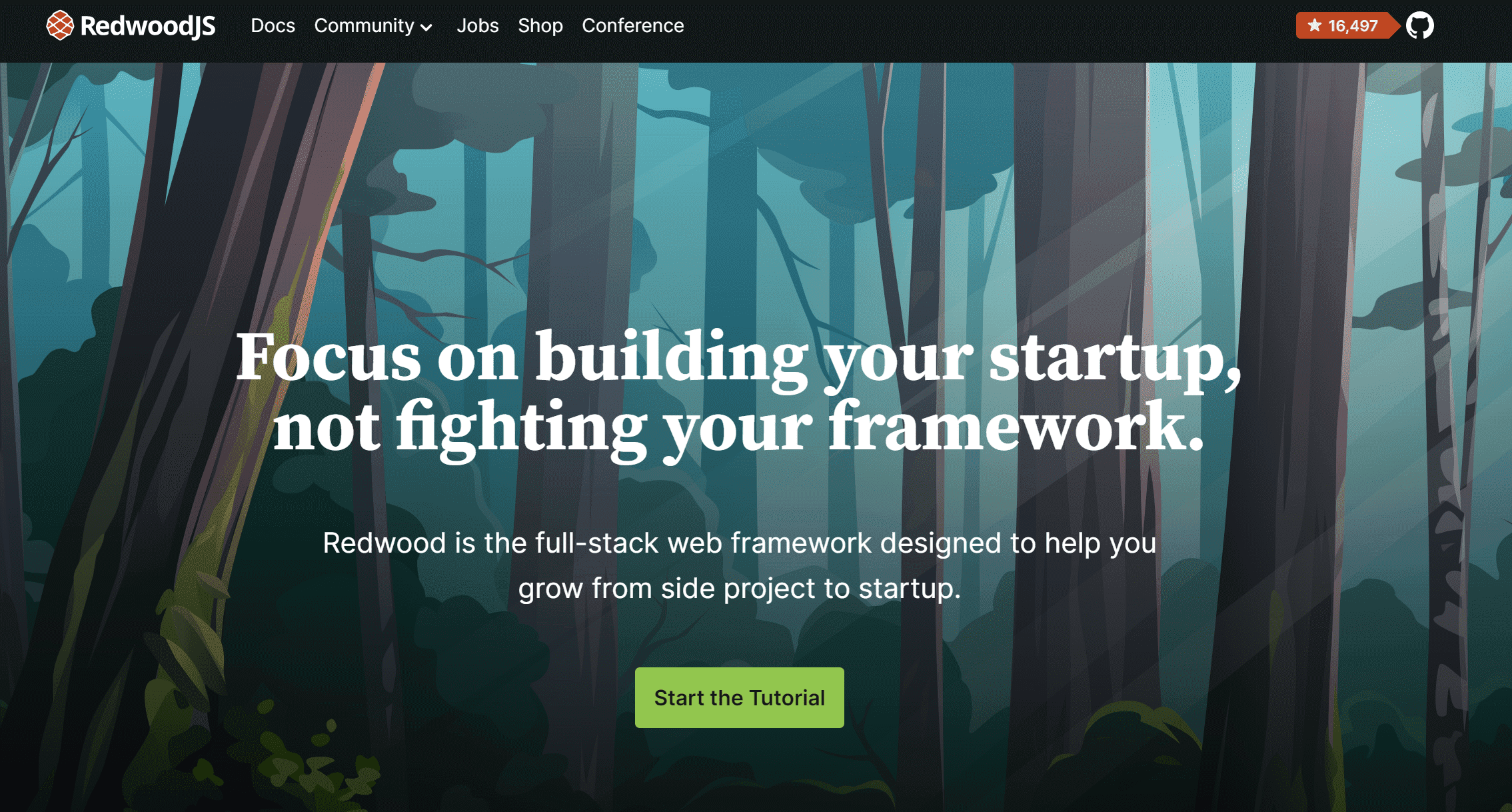Top JavaScript Frameworks to Learn in 2024: Blitz, SolidJS, Svelte, and More
This article has covered seven promising JavaScript frameworks to consider for 2024. Including Remix.js, Svelte.js, Vue 3, and more.
Web developers nowadays face two big problems:
- How to automate the drudgery of web development. Setting up a project for a standard web app requires precious time learning a few libraries for common tasks like authentication and database handling, and bundling them together.
- How to make web apps lighter and higher-performance. Simple single page apps (SPAs) built with libraries like React handle most logic on the client-side. With these apps, the client has to preload a lot of JavaScript upfront, leading to long page load times, which users never like.
In this roundup, I've chosen seven up-and-coming JavaScript frameworks that can solve one or both of these major pain points. While some are just for building user interfaces (UIs), others are full-stack, giving you everything you need for a web app.I'll introduce the major capabilities and innovations each JavaScript framework brings, as well as how they compare to React, the preferred framework in web apps today.
Remix
Remix is a full-stack web framework built on top of React, created by the same team that created React Router.Remix uses server-side rendering: files get rendered on the server then sent to the client, rather than rendered in the browser like vanilla React. Because of this, the browser doesn't need to preload a large JavaScript file upfront (which React often does), reducing startup time and making pages more search engine friendly.One of its major advantages compared to other frameworks is nested routing. Components automatically nest with each other based on their paths on the server. To load or reload a component, its parent components don't need to be reloaded. Also, errors are bounded - if an error happens in a component, it won't affect its parent components.Remix may be a good choice if you're building an app that doesn't need a lot of client-side state, although its future is uncertain after recently being acquired by Shopify.

Blitz
Blitz is a full-stack app toolkit built on top of Next.js.Next.js is a React framework that enables developers to build server-side rendered and static sites. Blitz takes the foundation built by Next.js and adds handy tools for authentication, users, and forms. With these extra tools, you can set up full-stack apps more easily and quickly.As a toolkit rather than a full framework, Blitz has significant advantages over frameworks. This is a huge plus since Next.js is one of the most active projects in the web dev ecosystem today.Also, while Blitz provides a set of opinionated choices, it also has high customizability. If you want to quickly set up a Next.js app for your next project, you should give Blitz a try.

Qwik
Qwik is a framework capable of building JavaScript apps with amazing startup performance.Typically, if you do server-side rendering with JavaScript, you send a snapshot of the site containing HTML and CSS to the user. But then you still need to "hydrate" it - attach JavaScript that will handle user events to the page. Between receiving the snapshot and hydrating, the user can't interact with the page.Instead of loading a bundle of JavaScript, Qwik loads JavaScript as needed. First, it loads a tiny (1KB) JavaScript file. Then, every time there's an interaction with the page, that little snippet of JavaScript loads just the JavaScript needed for the interaction, and nothing more.

RedwoodJS
RedwoodJS is an opinionated, full-stack React app framework, integrated with GraphQL, Prisma, Jest and Storybook for maximum productivity and fast project setup times.If you're building a web app for your startup or side project, RedwoodJS will lend a hand. You don't have to spend a lot of time setting up libraries or learning about libraries. Basically you can build an app and start developing your project right away.But it also brings all the downsides of opinionated frameworks. If you want to use tools other than what the framework proposes, the time-saving element goes away. So it's better suited for React beginners or developers who want to go with standard tools.

Svelte
Svelte is unique - it's more like a compiler than a framework. Rather than sending and executing lots of code in the browser, Svelte compiles code down to plain JavaScript. This makes bundles smaller and execution faster. Much of the work that client does in other frameworks is done at compile time in Svelte.This allows Svelte to eliminate the virtual DOM, also called the virtual representation of the UI in browser memory.For regular frameworks, updating the virtual DOM is faster than updating the real DOM when changes occur. Then the real DOM can be updated frequently by comparing it against the virtual DOM. Svelte cuts out the overhead of the virtual DOM, and instead compiles code down to JavaScript that can make fast, targeted updates to the real DOM.Users also report Svelte provides an excellent developer experience. It was the 2nd most loved framework in the 2022 StackOverflow survey. So if you're looking for a proven React alternative to build UIs, this should be your pick.

SolidJS
SolidJS is a frontend framework that's even more reactive than React itself. Its main technique is to pay attention to the relationships between variables and the UI, which persist over time. In SolidJS, special variables called signals know which functions use them. When their values change, it leads to effects (functions) re-running. The system works similar to React hooks.Like Svelte, SolidJS doesn't use a virtual DOM. Instead templates get compiled to real DOM. Since the relationships between signals and effects are recorded in code, only the affected parts update whenever a signal changes.If you want a faster, easier to use UI framework than React, you should give SolidJS a try.

Vue 3
Vue.js is a frontend framework very similar to React. Note it's not a recent breakthrough tool like earlier entries in our list, as it emerged around the same time as React and Angular. While the guiding ideas are similar, unlike the other two frameworks mentioned, it's not run by a corporate behemoth like Facebook or Google.Like React, you'd typically use Vue to build interfaces and SPAs. But if you want a full-stack framework, it does support server-side rendered full-stack apps using Nuxt.Vue has a rich ecosystem of libraries and tutorials. Also, it's mature and has proven itself in many web app projects. In short, it's a great choice for any project that doesn't want to take risks with technology choice.

Comparing the JavaScript frameworks
In summary, here's a table comparing the different JavaScript frameworks I've discussed:
Framework | Main Benefits | Frontend or Full-stack? | Based on React? | First released on GitHub |
Remix | Semantic code grouping | Full-stack | ✔ | September 2021 |
Blitz | Fast app setup | Full-stack | ✔ | April 2020 |
Qwik | Low page load times | Full-stack | ❌ | July 2021 |
RedwoodJS | Fast app setup | Full-stack | ✔ | June 2019 |
Svelte | Fast apps | Frontend | ❌ | November 2016 |
SolidJS | Reactivity | Frontend | ❌ | March 2019 |
Vue | Maturity | Frontend | ❌ | December 2013 |
Conclusion
This article has covered seven promising JavaScript frameworks to consider for 2024. Some offer performance advantages like speed and better page load times, while others improve the app setup experience by including additional tools for common tasks like authentication and database handling.If you're trying out any of these JavaScript frameworks and need a data grid component, check out Handontable. It can integrate with all the major frameworks, so you can incorporate it with any web framework you're testing out.
Learn more:
- Google Gemini and Duet AI: New Developments in Code Generation and AI-Assisted Development
- 2024's Most Popular Node.js Frameworks
- How to Call JavaScript Functions in HTML Without Using onclick

ZGY:Share more fun programming knowledge.